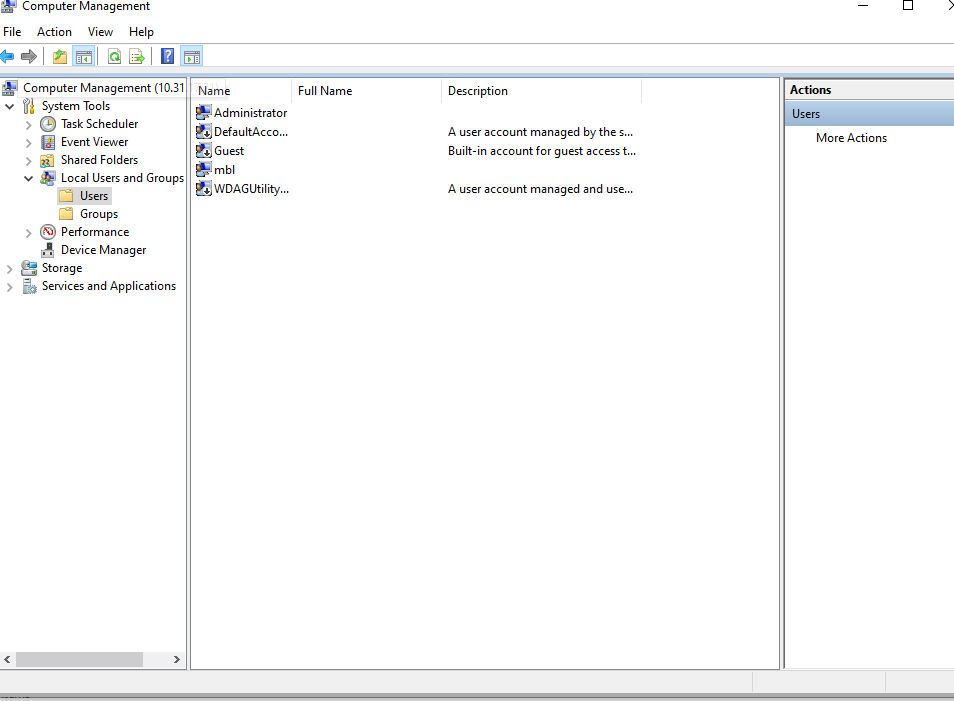Mastering Linux Essentials: Root Directory, User Management, and Package Installation
 Raees Yaqoob Qazi
Raees Yaqoob QaziUnderstanding the Root Directory in Linux
The root directory (/) is crucial in Linux, serving as the top-level of the filesystem hierarchy. Access to this directory is restricted to administrative users, commonly referred to as "root."
Creating Users in Linux
In Windows, creating a new user involves navigating through Computer Management.

In Linux, the process is streamlined using commands:
Creating a User:
Use
sudo adduser –m raeesto create a new user named "raees."Set a password with
sudo passwd raees.
Switching Users:
Use
su raeesto switch to the user "raees."To switch to root, use
sudo su.
Installing Packages or Tools
Installing software like Docker or Snap Store is straightforward:
Updating and Upgrading:
First, ensure your system is updated:
sudo apt-get update && sudo apt-get upgrade
Installing Snap Store:
- Install Snap Store with
sudo snap install snap-store.
- Install Snap Store with
Managing Software Installations
To remove Snap Store, use sudo apt purge snap-store. Other essential commands include:
Viewing File Content: Use
cat file.txt.Editing Files: Use
vim file.txtfor editing.Viewing Lines of a File:
head file.txt -n 2displays the first 2 lines, whiletail file.txt -n 2shows the last 2 lines.Navigating Home:
cd ~takes you to the home directory.
Today's insights contribute to mastering Linux administration. Enjoy learning and share the knowledge with others. Stay tuned for more informative blogs!
Subscribe to my newsletter
Read articles from Raees Yaqoob Qazi directly inside your inbox. Subscribe to the newsletter, and don't miss out.
Written by
